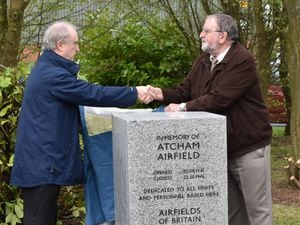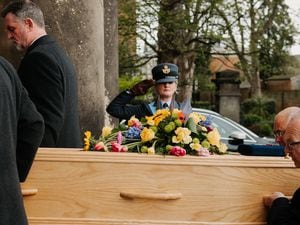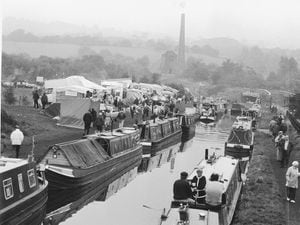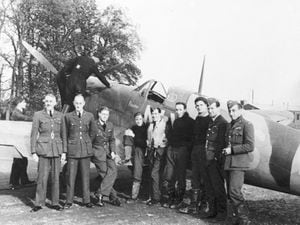Haunting images of High Ercall's wartime airfield revealed
The roar of the aircraft has long subsided, the control tower has been demolished, and the runways were dug up many years ago.
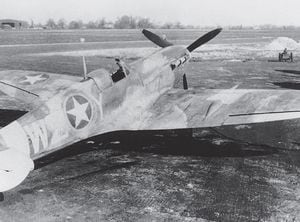
Today High Ercall's wartime airfield, from where many young men flew to do battle, and to which many were never to return alive, is a ghostly spectacle.
It lies empty, as if hastily abandoned – a modern-day Mary Celeste.
Petrol pumps are deserted and overgrown. Stagnant water lies in a swimming pool. The sauna and Jacuzzi are without custom and a snooker table awaits players.
Eerie accommodation blocks have beds and bedside lamps, with the appearance of a deserted hotel.
In one of the large hangars there is an old RAF vehicle, and there is a canteen with rows of tables and chairs awaiting diners who never arrive.
The plight of the former RAF base which was once one of the busiest and biggest airfields in Shropshire are captured in a series of haunting photos.
Apart from the hangars, many of the structures and luxuries, such as that swimming pool, in fact date from long after the war – for over 20 years the site was known as MOTEC, a major training hub for the Road Transport Industry Training Board.
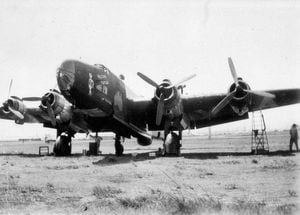
MOTEC, which stood for Multi Occupational Training and Education Centre, opened in October 1968, with the official opening by Princess Anne on September 10, 1969.
It provided haulage, warehouse, and removals training, running residential courses.
Later the site became known as Centrex, and later still, the Angel Centre.
The photographs were taken by an urban explorer known only as The Elusive.
"This is a mish-mash of old buildings that have had multiple uses throughout history – RAF airfield and accommodation, mechanics training workshop, removal company, police training unit, and BT centre," said The Elusive.
"It was even a proposed immigration site at one time, but everything has been left in the condition you can see for at least 10 years when I visited.
"I just love the way nature has taken everything back. I loved the old prices of beer and the items left around the place. It has a feeling of folks just being here despite it being left for such a long time.
"I've been in worse hotels over the years. It looks very post-apocalyptic in places and I wouldn't fancy a swim in the pool."
RAF High Ercall had a varied wartime history, including being a frontline night fighter station during the Blitz, its Beaufighters claiming to have shot down five enemy aircraft.
It was one of the first British air bases to be used by American flying units after the USA entered the war, flying aircraft including American-badged Spitfires.
After the war the airfield and surrounding fields were crammed with over 1,000 aircraft, many of them four-engined bombers, for storage and scrapping.
In 1946 an Australian pilot, Geoff Wikner, bought a Halifax bomber awaiting scrap at High Ercall and flew home in it, with fee-paying passengers. It was the first post-war civilian flight to Australia and created international headlines.
The air base finally closed in the early 1960s.
The site is supposed to be haunted by a ghost named Henry, dressed in wartime flying gear and with ginger hair.
There are no shortage of candidates for the spook, as fatal accidents involving flyers from RAF High Ercall were common.
In one of the most tragic cases, a decorated airman took his 20-year-old wife up for an unauthorised spin in a Mosquito in August 1943, lost control, and crashed into the runway. They are buried together at Wellington cemetery.


